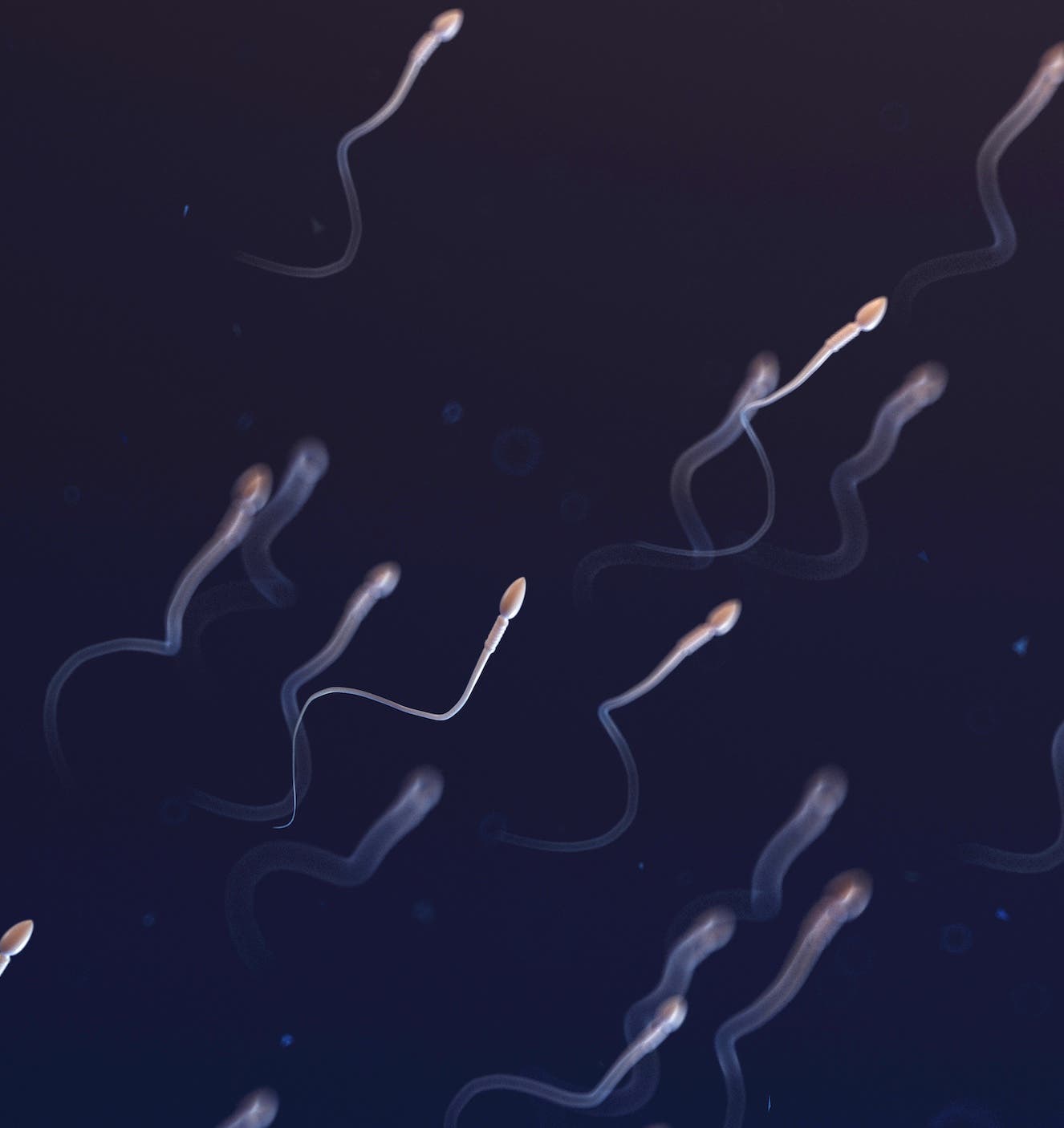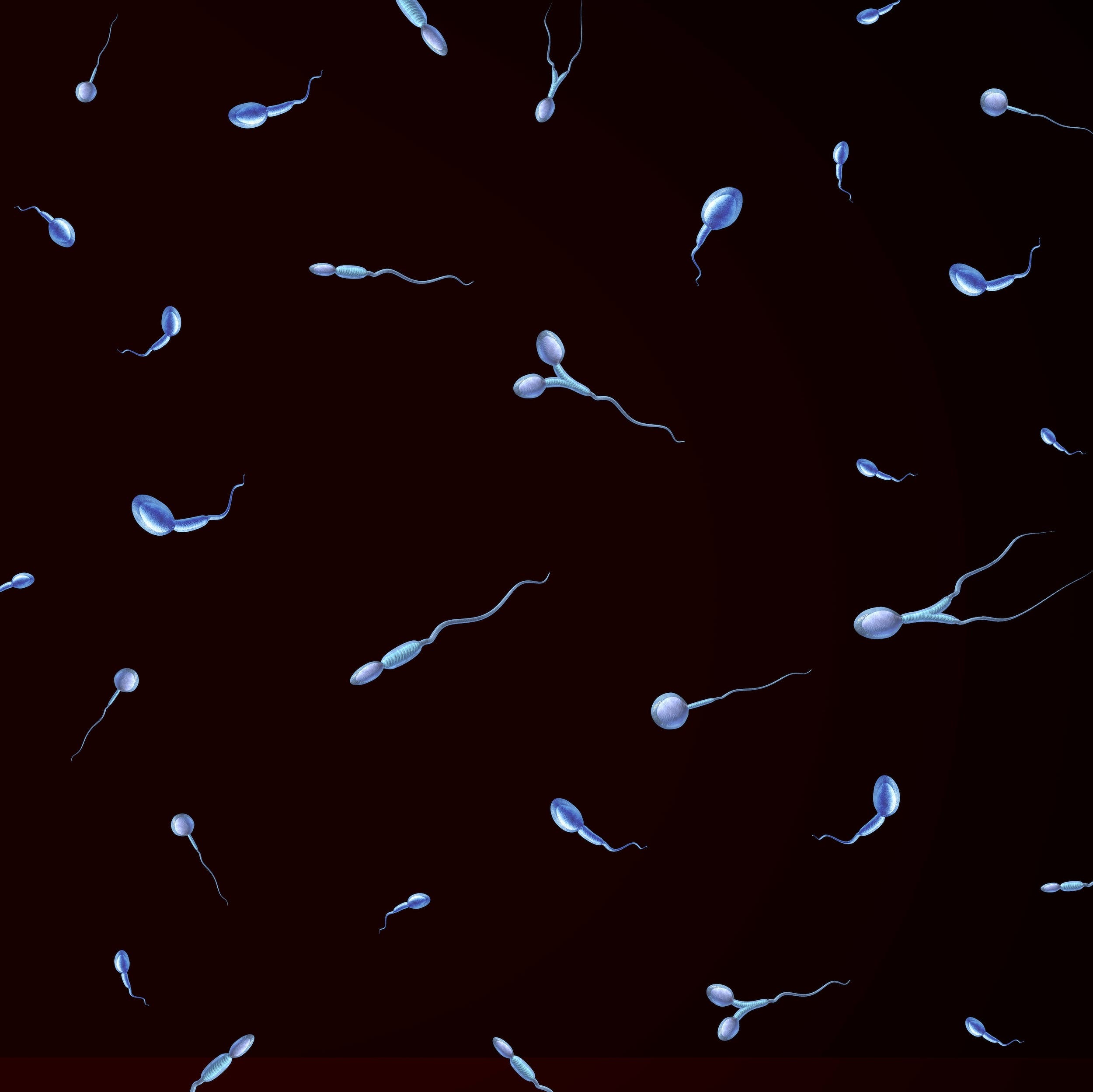Beginning in 1979, the Chinese government prevented most couples from having more than one child so as to curb growth in the world’s most populous country.
By the time the 21st century rolled around, it became clear that China’s One-Child Policy was causing more problems than it was intended to solve.
According to a 2018 report from the New York Times, authorities in the capital city of Beijing were alarmed that a smaller labor force, plunging birthrates, and an aging populace would cause the ruling Communist regime to lose credibility and, in turn, power. Plus, how does a country with a longstanding one-child policy jump-start its birth rate when there are, because of that policy, fewer workers to sustain families?
So, in 2015, the government eased its decades-old dictum and allowed couples to have two children.
Most would expect the country’s birth rate to begin ramping up as a result – but that’s not quite what happened. In fact, recent figures cited by the Times indicate that the birthrate for 2017, compared with that for 2016, fell by 3.5 percent. Which means that a nation long believed to be plagued by overpopulation now has a birth rate that can’t keep its population numbers steady.
Despite this, for many reasons, couples aren’t exactly in a rush to have children.
For starters, the government hasn’t been very helpful in encouraging greater rates of conception. State-run media, says the Times, regularly run headlines such as, “Make sure you don’t miss out on women’s best years for getting pregnant!”, which the government maintains is between the ages of 24 and 29 – a time of life when, like their counterparts around the world, Chinese women are looking to launch and develop careers.
The government’s response was to run more stories and ads with women wearing graduation outfits while holding babies under headlines such as “‘Already had a baby’ becomes a sought-after quality in the job-hunting season — more female university students prepare for pregnancy”.
Still, women who do want to start families are also encountering problems. But in China, the struggle isn’t just a personal one, as is often the case for women in other countries. Instead, because of the government’s role in regulating families, it’s become a national issue impacted, for some, by sensitivity to the topic.
This has led to a “stigma surrounding infertility in Chinese society”, says a CNN report. Phoebe Pan, who administers a support group for women dealing with infertility issues, told the cable network, “I know so many Chinese women who are overwhelmed by so-called infertility and sterility problems.”
And even though fertility treatments for women are now available in China, that doesn’t necessarily ease the problems of trying to conceive. IVF treatments run an average of $4,700 there, says CNN, although that cost isn’t covered by state medical insurance.
Furthermore, even when women do decide to invest in IVF treatments, the experience often proves far from pleasant. One Chinese woman quoted by CNN said that she and her husband had to sacrifice valuable time every week trekking to clinics, where they spent four hours per visit. She added, “The real consultation time lasts only five minutes.”
It’s fair to say that the above issues affect both men and women who are trying to conceive. On top of that, however, men face their own fertility challenges in China.
A few years before the One-Child Policy was amended, Reuters reported that sperm counts in Chinese men had been dropping since the 1970s. Quoting a report from China’s Xinhua news agency, Reuters noted that the country’s recent streak of economic growth had resulted in unhealthy lifestyles, which in turn “threatens the quality and structure of our future population,” said Huang Hefeng of Zhejiang University.
Other culprits cited by the Xinhua report: Pollution, stress, and multiple abortions. A China Dialogue report speaks directly to the first two of those problems, quoting Wang Li, the director of a major sperm bank in Jinan, the provincial capital of Shangdong, as saying, “Reproductive ability could be influenced by people’s levels of pressure, ways of living and the conditions of living, but there is no denying that pollution could be an adverse impact.”
Li Zheng, a sperm expert at Shanghai’s Renji Hospital and director of Shanghai’s sperm bank, concurred, saying, “When the environment is bad, sperm become ‘ugly’ and even stop swimming.”
Even the government-run media chimed in, with the People’s Daily declaring in an opinion piece, “When the smog is affecting people’s reproductive ability, who should still be nonchalant?”
The good news: Even when challenges to fertility are compounded by a region’s culture and environment, Legacy clients can take steps to protect their assets in a safe and stable environment.


